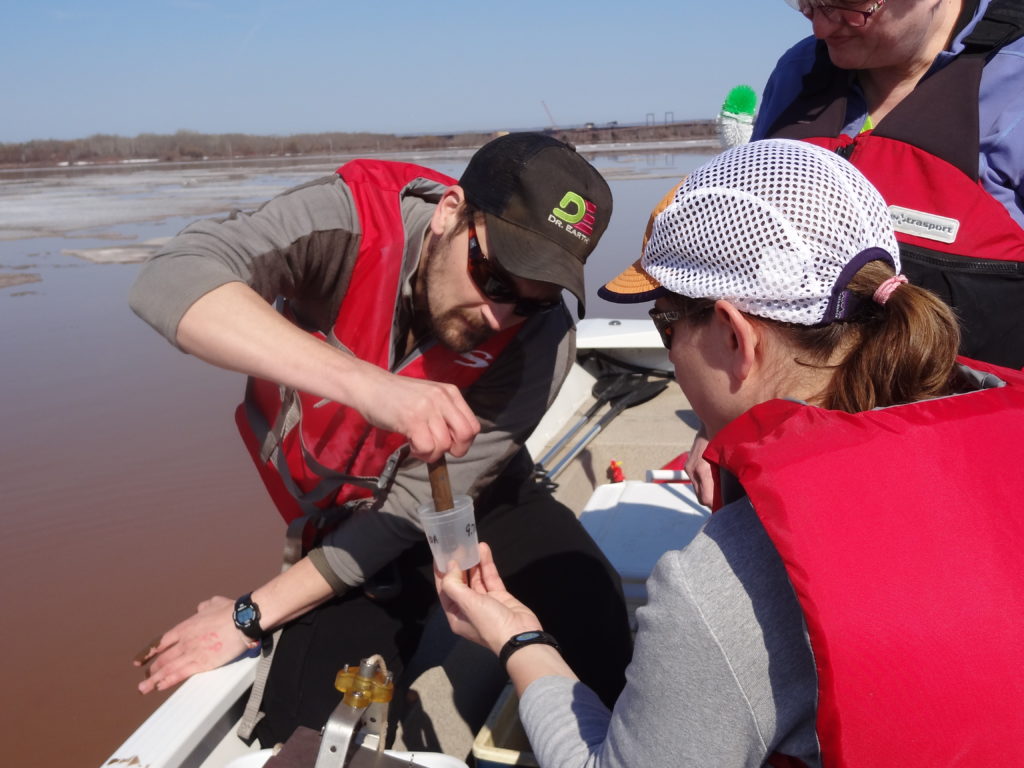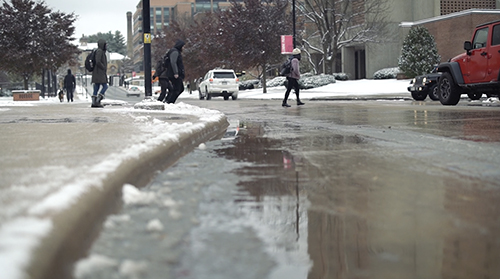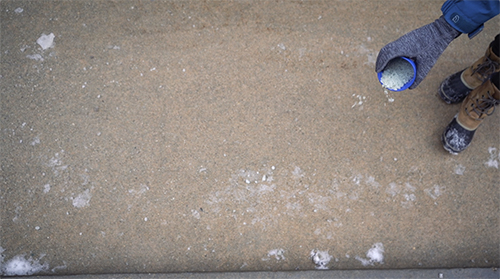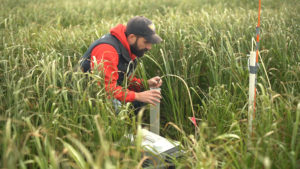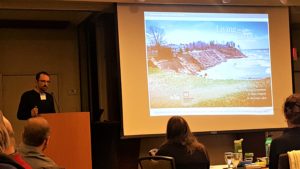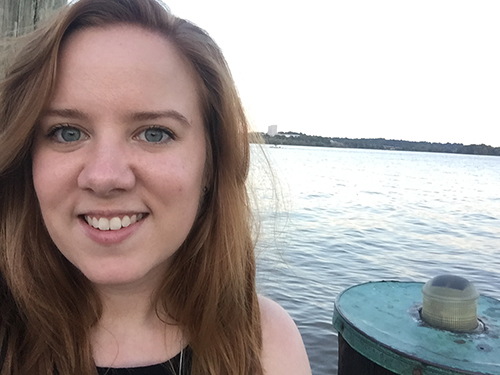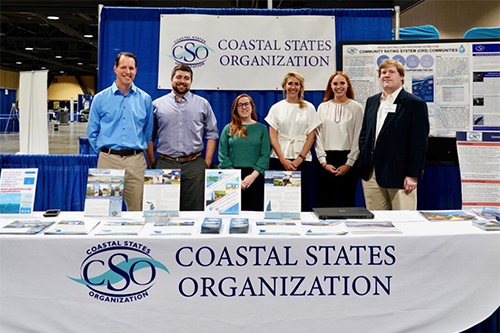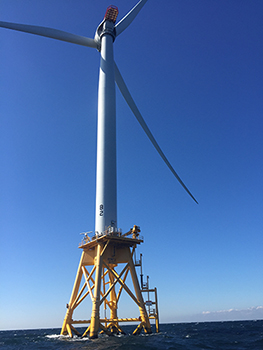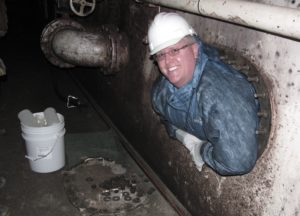Asian carp dispersal barrier elicits emotions
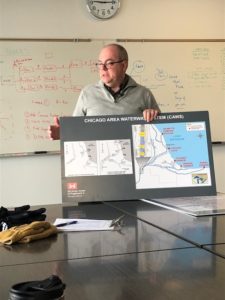
Chuck Shea, with the USACE, explains the 120-year history of the canal and its charge from Congress to stop the spread of AIS through the canal — a charge that came in 1996. Image by Moira Harrington.
Last Friday, I went to the Chicago Sanitary and Ship Canal, which is outfitted with a set of thrumming electrical barriers. These barriers churn out an alternating current 34 times per second, each with a duration of 2.3 milliseconds. The goal is to turn back any invasive Asian carp set on making the journey into the world’s largest freshwater system. If established, it’s theorized the voracious eaters would decimate food sources at the expense of larger native fish.
I went with Bonnie Willison, Sea Grant’s digital storyteller, and Sydney Widell, an undergraduate with our program. Fisheries Specialist Titus Seilheimer and Southeast Wisconsin Aquatic Invasive Species (AIS) Specialist Molly Bodde met us there, as did Chris Hamerla, a regional aquatic invasive species specialist with Golden Sands Resource and Conservation Development Council Inc., and Paul Skawinski, citizen lake monitoring network educator from the University of Wisconsin-Extension Lakes Program. Both are based in Stevens Point.
Willison and Widell are working on a multipart podcast series with a focus on AIS. Willison was tenacious in her efforts to secure permission from the U.S. Army Corps of Engineers (USACE) for our visit to Romeoville, Illinois. These are the folks who manage the site of what’s been called the world’s largest electric barrier, actually three of them with 155-foot sections of electrodes at the bottom of the 27-foot-deep canal.
A fourth barrier is under construction and will have three times the power of the existing ones. The USACE plans to throw the switch on that in early 2021.
This is ground zero in the battle to keep Asian carp from reaching the Great Lakes through a manmade waterway linking Lake Michigan to the Mississippi River Basin. It’s a 120-year-old unnatural connection, enabling marine transport and a cleaner Chicago, since stormwater and treated wastewater now flows out of that city thanks to an engineering feat that reversed the natural course of the water. It’s also provided a highway to mix species between the two aquatic systems that nature never intended to mix.
I’m not someone who geeks out on engineering, shipping or electricity. And it certainly wasn’t the promise of lovely waterside aesthetics that drew me south. This section of the canal is set amid a heavily industrialized stretch with belching petrochemical refineries.
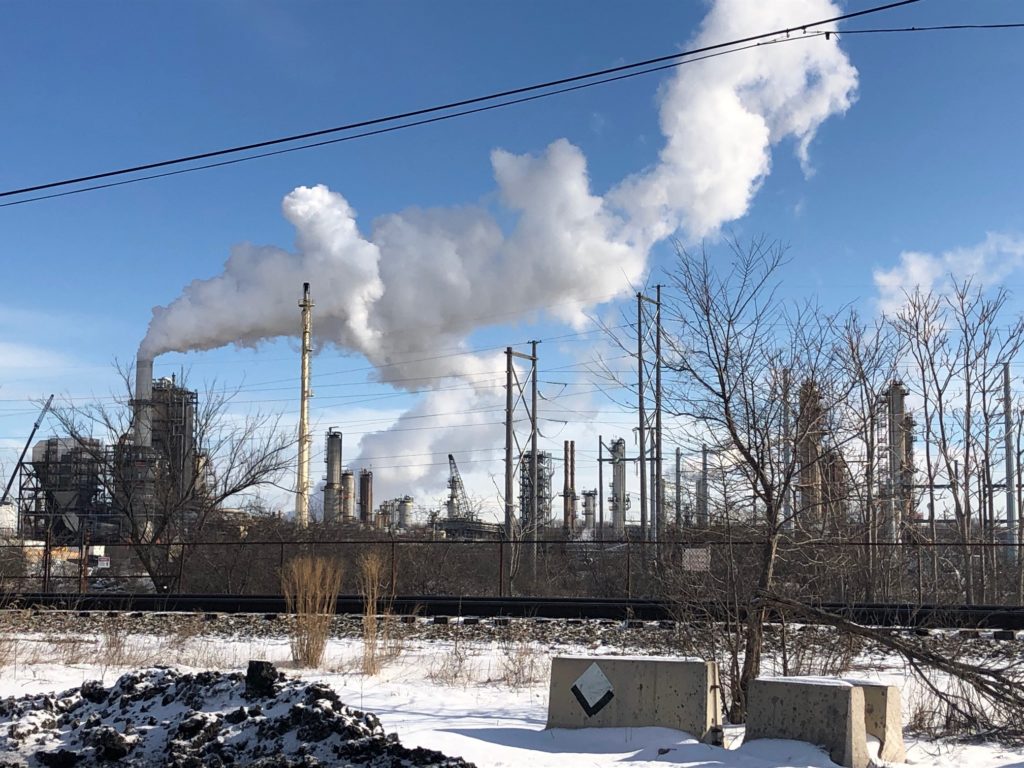
The area around the electrical barriers is heavily industrialized. Image by Moira Harrington.
No, my emotions got revving because of what this place represents. Eight USACE employees, some consultants with barrier manufacturer Smith-Root and a whole lot of electrical buzz are all that stands between the Illinois River’s Starved Rock Pool, which supposedly holds the planet’s largest concentration of Asian carp and is about 60 miles from where I visited, and the rippling waves of Lake Michigan. Wow!
I wasn’t the only one expressing emotions. Widell said she has “peaked” now that she’s had a visit. Our lead AIS Specialist Tim Campbell wasn’t able to make the trip but responded to Seilheimer, aka @DrFish on Twitter, with #jealous.
Hamerla told the story about how Skawinski had texted him earlier in the week: “Call me ASAP.” When the two connected and Skawinski extended the invitation, Hamerla’s response was reportedly an enthusiastic, “Heck, yea,” leading to a 4 a.m. departure from Stevens Point to meet at the appointed hour.
Strong feelings weren’t limited to our group. Chuck Shea, USACE barrier project manager, said what motivates him on a daily basis is, “Knowing that you’re working on something that benefits so many people.”
The podcast episode about Asian carp and the barrier will be released in spring or early summer. At that time and after listening, Willison and Widell are betting you’ll get some emotions going, too.
Blog – Wisconsin Sea Grant
https://www.seagrant.wisc.edu/blog/asian-carp-dispersal-barrier-elicits-emotions/



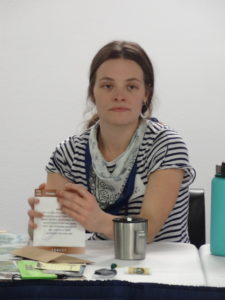
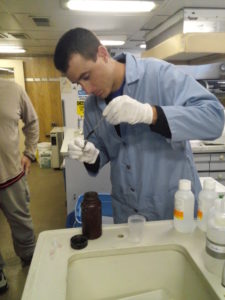
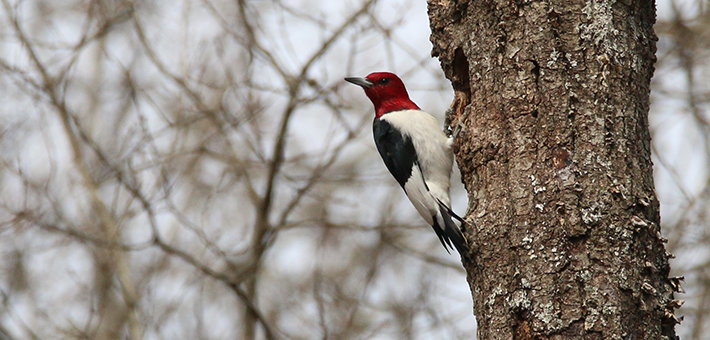
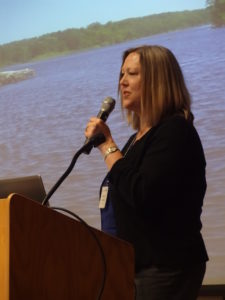
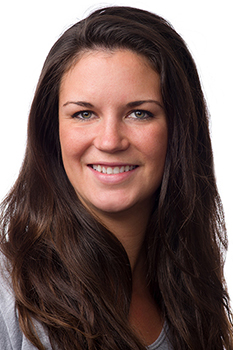
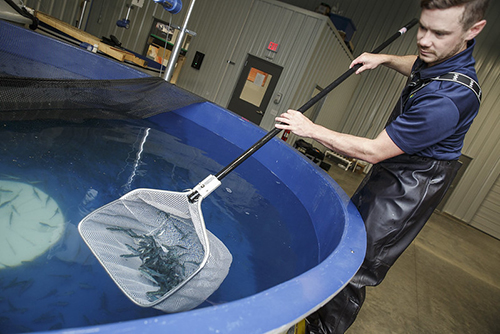

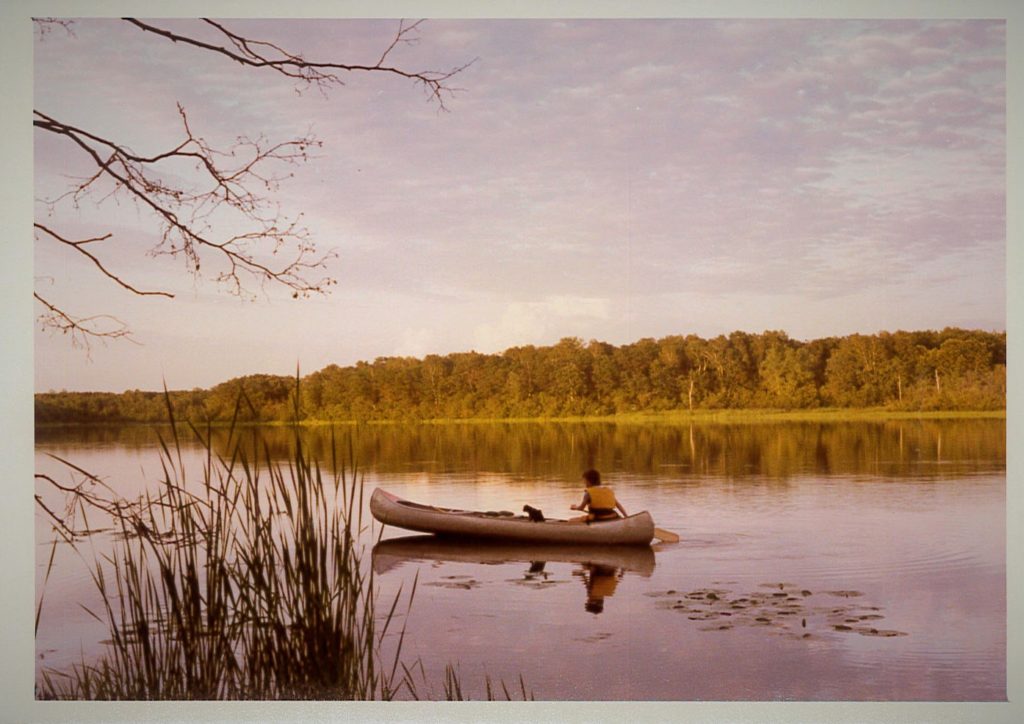

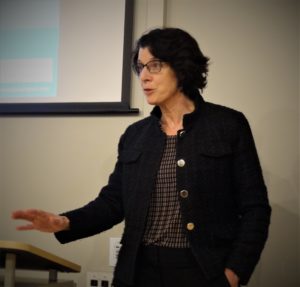

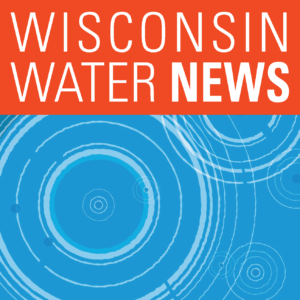 Wisconsin Sea Grant offers a
Wisconsin Sea Grant offers a 